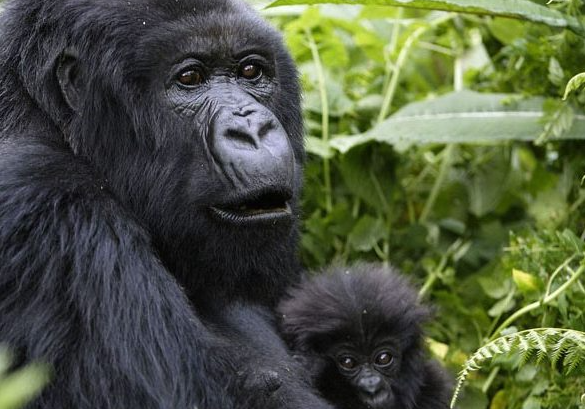The Lifespan of Gorillas in the Wild
Gorillas are fascinating creatures, known for their intelligence and complex social structures. Understanding their lifespan in the wild not only sheds light on their biological functions but also emphasizes the critical conservation efforts needed to protect these majestic animals. This article explores the lifespan of gorillas, factors affecting their longevity, and their life stages.
Factors Impacting Lifespan
In the wild, gorillas typically live to be around 35 to 40 years old on average, though some individuals can survive longer. Several factors influence this lifespan, including environmental conditions, availability of food, and threats from predators or humans. For instance, habitat destruction and poaching pose significant dangers to gorillas, often leading to shorter lifespans. Additionally, diseases can impact gorilla populations, making it crucial to maintain their habitats and monitor the health of these populations.
Life Stages of Gorillas
Gorillas experience several distinct life stages, each marked by unique challenges and milestones. Infants, born after a gestation period of about 8.5 months, are highly dependent on their mothers for the first few years of life. As they mature into juveniles, they begin to explore their surroundings and develop social skills. Adult gorillas, typically around 12 years old and older, establish their roles within the group dynamic, either as dominant silverbacks or subordinate members. Understanding these stages highlights the importance of nurturing gorillas from infancy to adulthood to ensure their survival.
Conservation Efforts and Lifespan
Conservation initiatives play a vital role in extending the lifespan of wild gorillas. Organizations work tirelessly to protect natural habitats, reduce human-wildlife conflict, and promote sustainable practices. Additionally, education and awareness campaigns aim to inform local communities about the importance of gorilla conservation. By safeguarding their environment and reducing threats, these efforts contribute significantly to the overall longevity of gorillas in the wild.
In conclusion, the lifespan of gorillas in the wild is influenced by various factors, including environmental conditions and threats from humans. Understanding their life stages and the impact of conservation efforts is essential for ensuring these magnificent creatures thrive. We encourage you to learn more about gorilla conservation and consider supporting initiatives dedicated to protecting their habitats for future generations.

